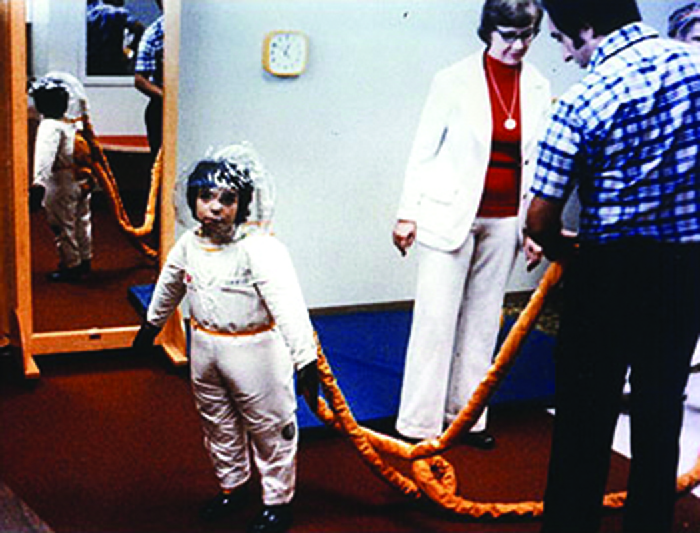Severe Combined Immunodeficiency

Severe combined immunodeficiency (SCID) comprises a group of rare monogenic primary immunodeficiency disorders characterized by a lack of functional peripheral T lymphocytes resulting in early-onset severe respiratory infections and failure to thrive. They are classified according to immunological phenotype into SCID with absence of T cells but presence of B cells (T-B+ SCID) or SCID with absence of both (T-B- SCID) (see these terms). Both of these groups include several forms, with or without natural killer (NK) cells.
Epidemiology
Overall incidence is estimated at about 1/50,000 live births, with regional differences and higher incidences among populations with a higher consanguinity rate. The disease affects more males because of the X-linked variant (SCID T-B+ due to gamma chain deficiency; see this term) that represents about 30% of SCID cases in Western countries.
Clinical description
SCID usually presents within the first few months of life with failure to thrive, severe infections (pneumonia, gastrointestinal infections, sepsis), recurrent or persistent thrush, chronic diarrhea, and/or absent lymph nodes. Patients have an increased susceptibility to opportunistic infections (usually in the respiratory tract and the gut) most often due to P. jiroveci, some viruses (e.g. Cytomegalovirus, adenovirus) and fungi. Alopecia and skin rash may be present depending on the form (e.g. SCID due to gamma chain deficiency or SCID due to JAK3 deficiency; see this term). Patients are unable to produce specific antibodies after vaccination or natural infection. They may also present with extraimmune manifestations like neurodevelopmental deficit, sensorineural deafness, and hepatic abnormalities (SCID due to adenosine deaminase (ADA) deficiency;) with sensorineural deafness (reticular dysgenesis).Others may show microcephaly with neurodevelopmental delay (e.g. LIG4 syndrome; see these terms).
Etiology
The X-linked form is caused by mutations of the IL2RG gene (Xq13) encoding the common gamma chain. Mutations in around 15 genes have been identified to date for the other forms of SCID, which all follow an autosomal recessive mode of inheritance.
Diagnostic methods
The diagnosis is based on evidence of lymphopenia and a marked reduction of T-cell counts. In 50% of cases, transplacental passage of maternally-derived T lymphocytes occurs. In this case, the T cell count may be preserved but the circulating T lymphocytes have an activated phenotype (they express the CD45R0 marker while in normal infants they express CD45RA). Levels of circulating B and NK cells may help to better define the underlying cause of SCID which can then be confirmed with genetic testing. Newborn screening for SCID is now available, and is based on the measurement of levels of T-cell receptor excision circles (TRECs) in dried blood spots collected at birth.
Differential diagnosis
Differential diagnoses include other combined B-cell and T-cell disorders, 22q11.2 deletion syndrome, congenital TORCH infection, X-linked or autosomal recessive agammaglobulinemia, and other forms of hypogammaglobulinemia (see these terms).
Antenatal diagnosis
Prenatal diagnosis is possible and can aid in preparation of a bone marrow transplant.
Genetic counseling
Genetic counseling should be offered and, if the genetic defect is known, prenatal testing (by chorionic villus sampling) is recommended.
Management and treatment
Treatment is based on use of continuous antimicrobial prophylaxis, immunoglobulin replacement therapy, and strict hygiene measures. However, permanent cure requires immune reconstitution, most often achieved by allogenic hematopoietic stem-cell transplantation (HSCT). Gene therapy has been shown to be effective for patients with ADA deficiency (as well as enzyme replacement therapy) and X-linked SCID.
Prognosis
Without treatment SCID usually results in severe infection and death in children by age of 2. When performed from an HLA-identical sibling, and in the first few months of life, HSCT can result in a greater than 90% long-term survival rate.